
Become a member
Join today and help protect nature, beauty and history – for everyone, for ever. Enjoy access to more than 500 places with National Trust membership.
A place to explore miles of coastal countryside from clifftops to woodland and wildflower meadows.
near Arnside, Cumbria
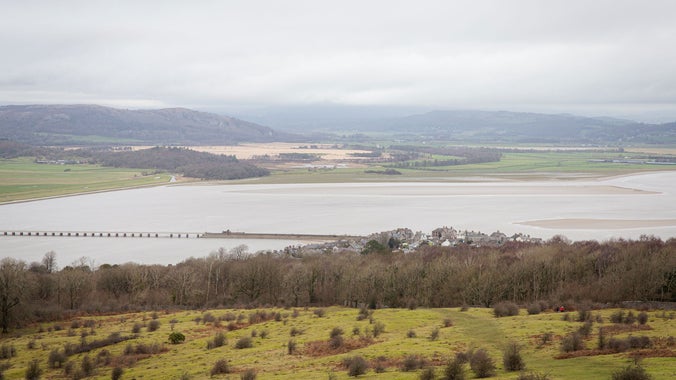
| Asset | Opening time |
|---|---|
| Countryside | Dawn - Dusk |
Small car parks available at Eaves Wood and Arnside Knott.
Dogs welcome under close control.
No visitor building and no toilet facilities. Footpath surfaces can be uneven, rocky and steep in places and can also be slippery when wet.
Much of the area is covered in steep, gravelled paths which can be loose and/or slippery in places. There are also gates and stiles along the way.
Explore Arnside and Silverdale in Cumbria, an area of national importance for wildlife such as wildflowers, butterflies, glow-worms and wood ants.
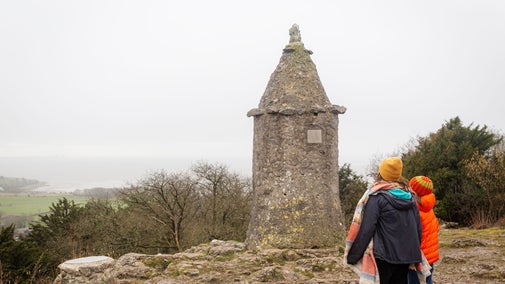
Find out about walking your dog at Arnside and Silverdale, from the facilities available to how you can help us to protect the local wildlife. Arnside and Silverdale is a two pawprint rated place.
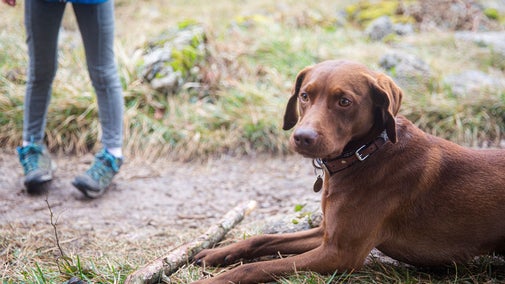
Find out about the work that National Trust rangers and volunteers carry out throughout the year to maintain special place for wildlife and visitors alike.

Nationally significant for wildlife, with miles of limestone grassland, mixed woodland and views of the Lakes and Dales.
Flower-studded pasture leading to a rocky headland looking out to sea and with views of the Lakeland fells.
Ancient woodland and glades in Silverdale, home to a variety of wildlife. The Queen Victoria Jubilee Monument (also know as the Pepperpot) is a photogenic viewpoint.
Explore Arnside and Silverdale in Cumbria, an area of national importance for wildlife such as wildflowers, butterflies, glow-worms and wood ants.

Admire countryside views over Cumbria and discover the sights and sounds of wildlife on this circular walk at Arnside Knott, renowned for its varied wildlife.

Walk through woodland and climb up to the Pepperpot (the Queen Victoria Jubilee Monument) over limestone pavement and through woodland clearings to see a wonderful view of Morecambe Bay and the surrounding countryside.

Visit Eaves Wood at Arnside and Silverdale to discover centuries-old yew trees and a monument to Queen Victoria where you can pause to take in the view over Silverdale.

Explore the hills and paths of Arnside Knott and climb to the top for sweeping views. What wildlife and rare wildflowers will you spot on your visit to Arnside Knott?
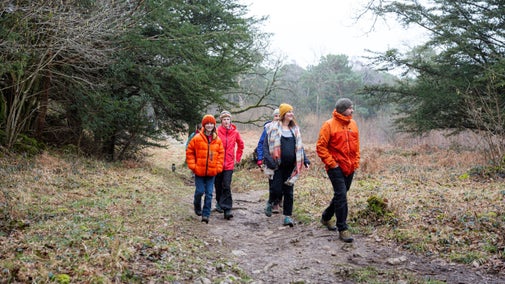
Admire countryside views over Cumbria and discover the sights and sounds of wildlife on this circular walk at Arnside Knott, renowned for its varied wildlife.

Walk through woodland and climb up to the Pepperpot (the Queen Victoria Jubilee Monument) over limestone pavement and through woodland clearings to see a wonderful view of Morecambe Bay and the surrounding countryside.

Take advantage of the 51 bus, which runs through five picturesque villages. Choose from a network of paths which run through ancient woodland, past historic buildings and along the coast.

Enjoy a circular walk from Silverdale station, taking you through ancient woodland and offering stunning views across Morecambe Bay.
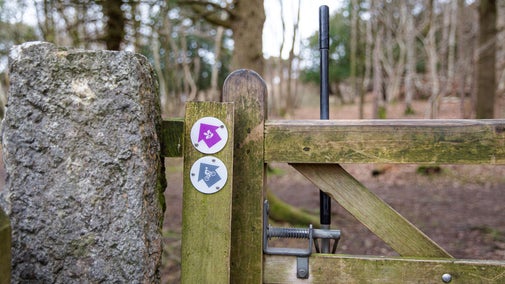

Contemporary and rustic combine in this Grade II listed farmhouse on the Sizergh estate.
Sorry, there are no upcoming events at this place
Arnside Knott is covered with limestone grassland and mixed woodland, which attracts a variety of insects and is especially renowned for butterflies.The area is made up of species-rich limestone grassland, woodland, wet meadow, scree and scrub.
There are outstanding views from the summit to the Lake District and Morecambe Bay.
The Lots in Silverdale is an area of easy-walking grassland in the middle of the village, which leads down to the shore at the Cove and has wonderful views over Morecambe Bay.
Jack Scout is one of only two cliffs in the area and provides a good breeding ground for song-birds as well as feeding places for weary migrant-birds passing through.
Find out about the work that National Trust rangers and volunteers carry out throughout the year to maintain special place for wildlife and visitors alike.

Search for live volunteering opportunities, or register your interest with Arnside and Silverdale.

With your help, we can continue to care for Arnside and Silverdale's unique nature and biodiversity.

Join today and help protect nature, beauty and history – for everyone, for ever. Enjoy access to more than 500 places with National Trust membership.
By sharing your email address you’re agreeing to receive marketing emails from the National Trust and confirm you’re 18 years old or over. Please see our for more information on how we look after your personal data.